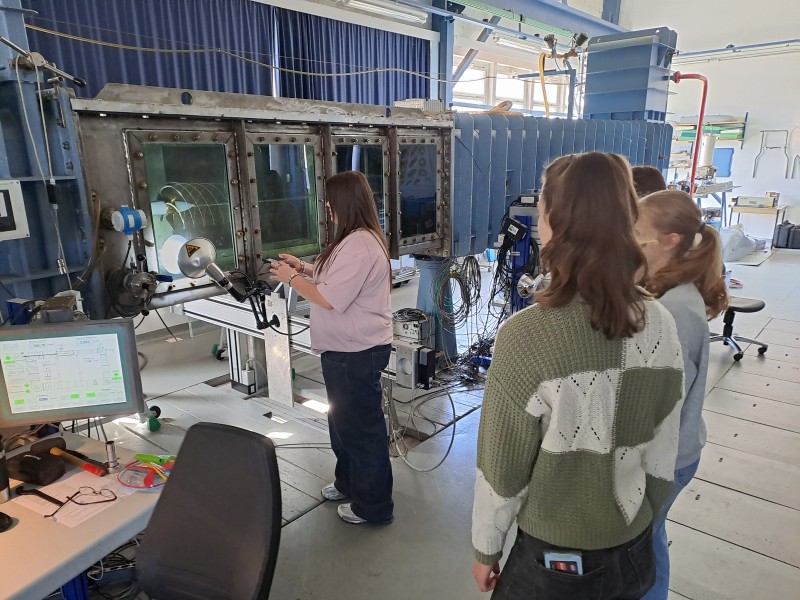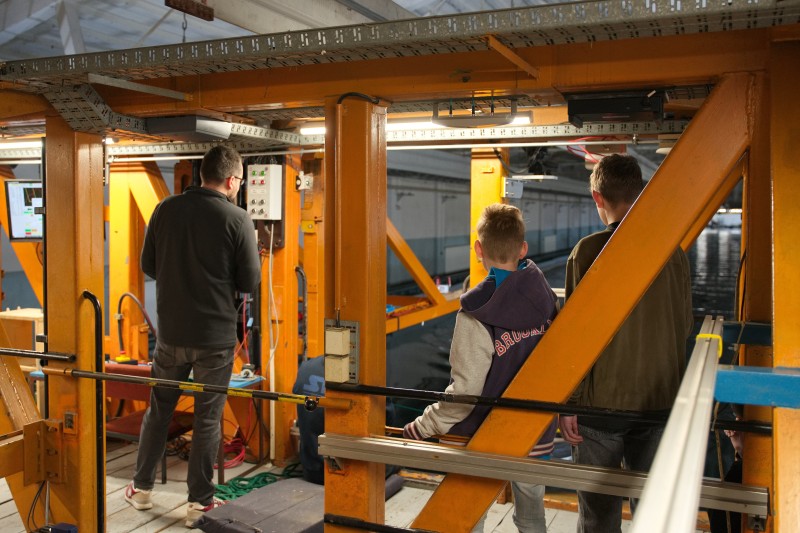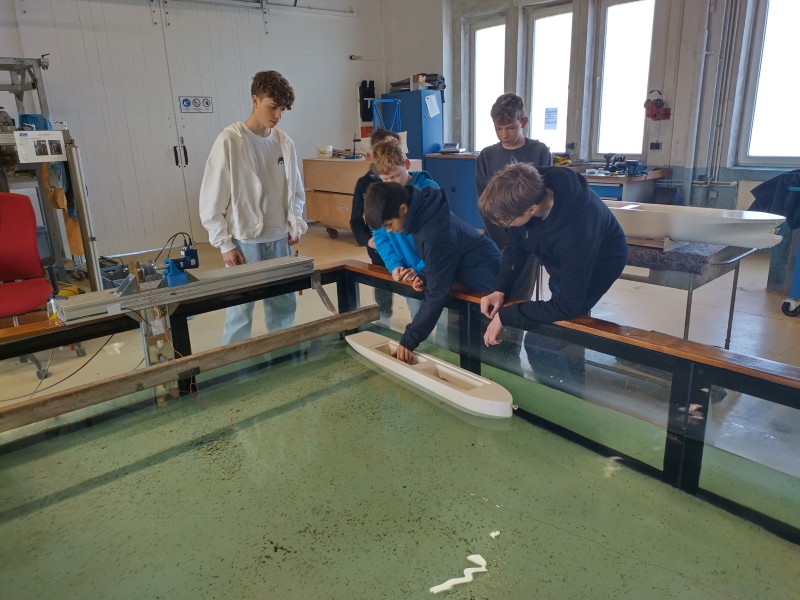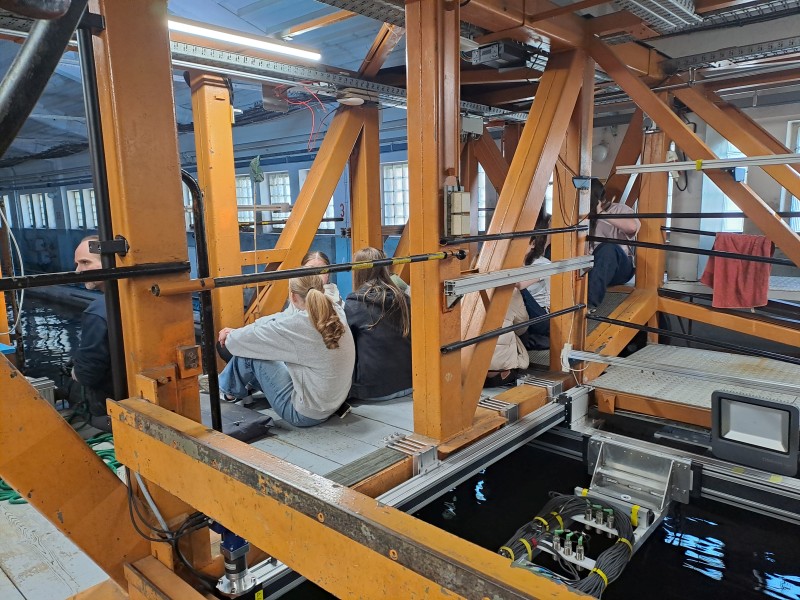Since 2008, the International Maritime Organization (IMO) has assigned high priority to the issue of underwater acoustics. The objective is to reduce anthropogenic noise pollution in the oceans in order to safeguard the health of marine ecosystems.
Continue reading “AkuZy – Hydroacoustics of Cycloidal Propellers
2025 – 2028″
Author: pa
AkuZy – Hydroacoustics of Cycloidal Propellers
ESDP@ODC – Energy Saving Devices and Propeller at Off Design Conditions
2025 – 2028
The global shipping industry is confronted with the imperative to achieve maximum possible decarbonization. This objective must encompass not only the operational phase of vessels but also the resource-intensive shipbuilding phase. To mitigate greenhouse gas emissions during vessel operation, the implementation of Energy Saving Devices (ESDs) is becoming increasingly prevalent — including technologies such as wake equalizing ducts and, more recently, bow fins.
Continue reading “ESDP@ODC – Energy Saving Devices and Propeller at Off Design Conditions
2025 – 2028 “
AKUOPT – Acoustic prognoses for route and operating profile optimization
2025 – 2027
Globalization has led to an exponential increase in traffic density on the sea routes due to the strong growth in world trade. At the same time, a significant increase in noise levels in the oceans has been observed in recent years. For this reason, underwater acoustics have been a high priority for the International Maritime Organization (IMO) since 2008. The aim is to reduce the anthropogenic acoustic pollution of the oceans in order to ensure the health of marine ecosystems.
Continue reading “AKUOPT – Acoustic prognoses for route and operating profile optimization
2025 – 2027″
WIND – Development of test methods for wind-assisted seagoing vessels
2024 – 2026
Due to the increasing integration of wind actuators on seagoing vessels, there is currently an increased need for prognosis methods in order to adequately take into account the consequential effects caused by the use of wind actuators. Consequential effects such as increased drift angles and significant thrust loads on the propeller can lead to significant changes in the propulsion coefficients. For a targeted design of the propulsion system, the effects of a secondary wind propulsor on the overall system must be recorded as accurately as possible and taken into account in the scaling methods. Continue reading “WIND – Development of test methods for wind-assisted seagoing vessels
2024 – 2026″
A-SWARM II – Autonomous electric Shipping on Waterways in Metropolitan Regions
2024 – 2027
The follow-up project builds on the results of the A-SWARM project, in which a technological readiness level (TRL) of 4-5 was achieved. The aim is to further develop the previously developed autonomous technologies for modular watercraft and test them in practice in order to get closer to market maturity.
Continue reading “A-SWARM II – Autonomous electric Shipping on Waterways in Metropolitan Regions
2024 – 2027
“
Exciting Hours at the Future Day and Girls’Day 2025
We had a great time at the Future Day / Girls’Day 2025 with 8 girls and 6 boys. Through independently conducted model experiments in the towing tank, they had the opportunity to experience ship model testing in a hands-on and practical way.
At the cavitation tunnel, the participants gained their first insights into propeller cavitation. They could discover why seemingly harmless bubbles can be damaging, and why the term “ship propeller” is more appropriate than simply saying “ship screw.”
We really enjoyed the day and hope the girls and boys had just as much fun!





